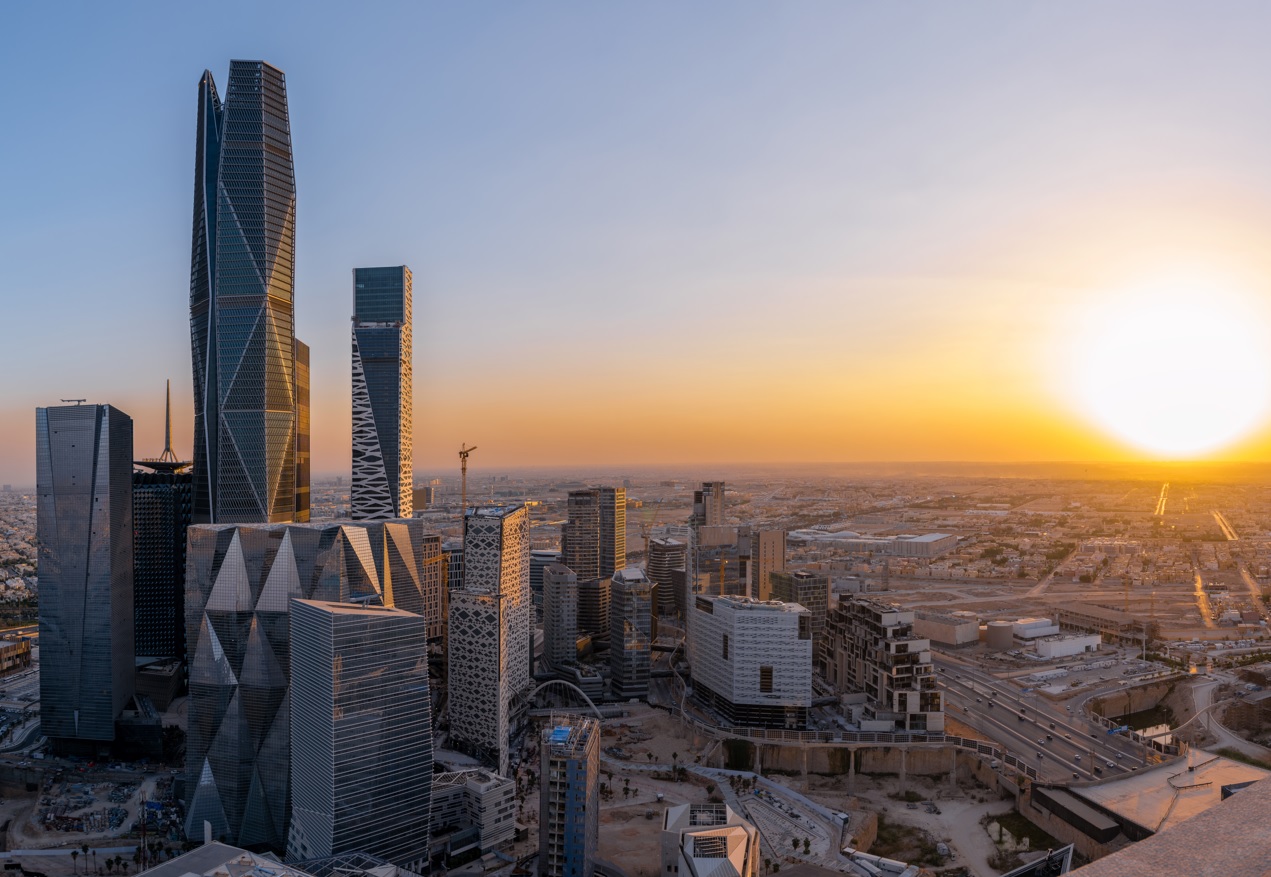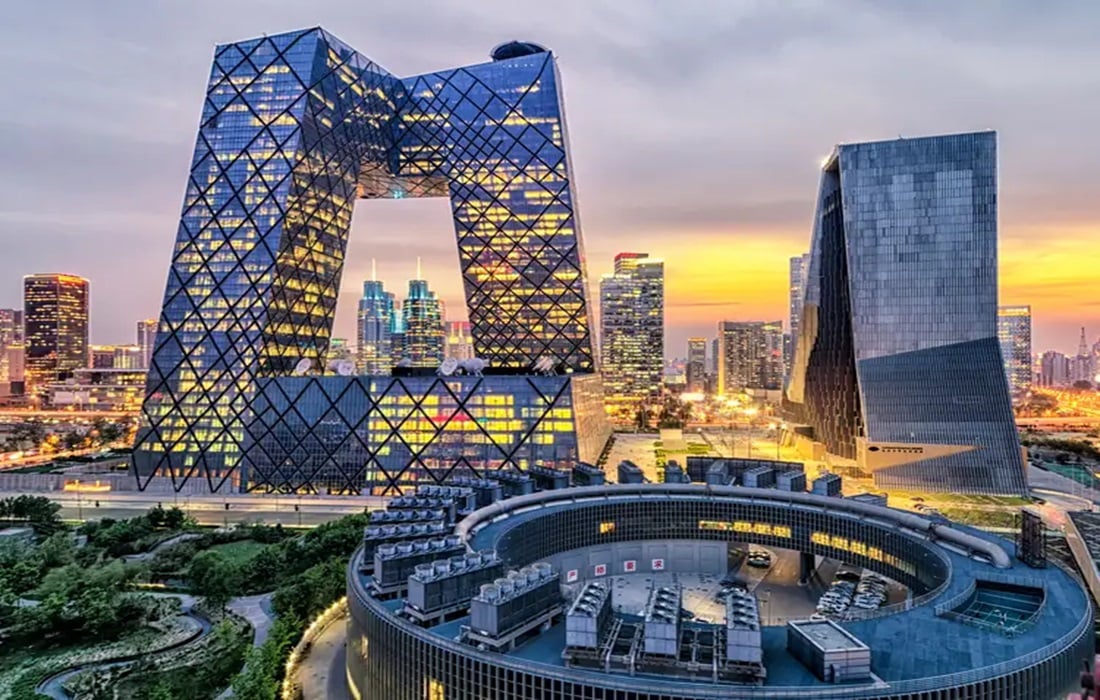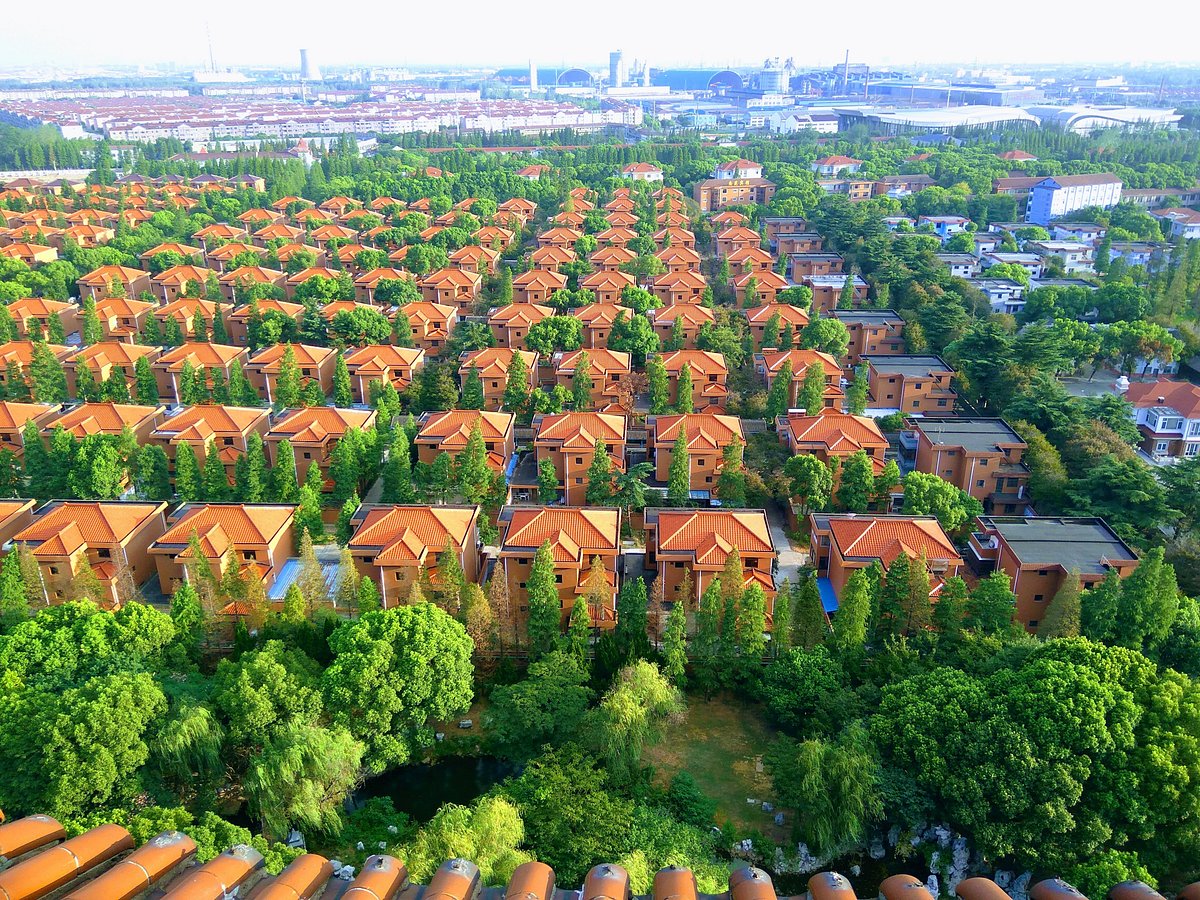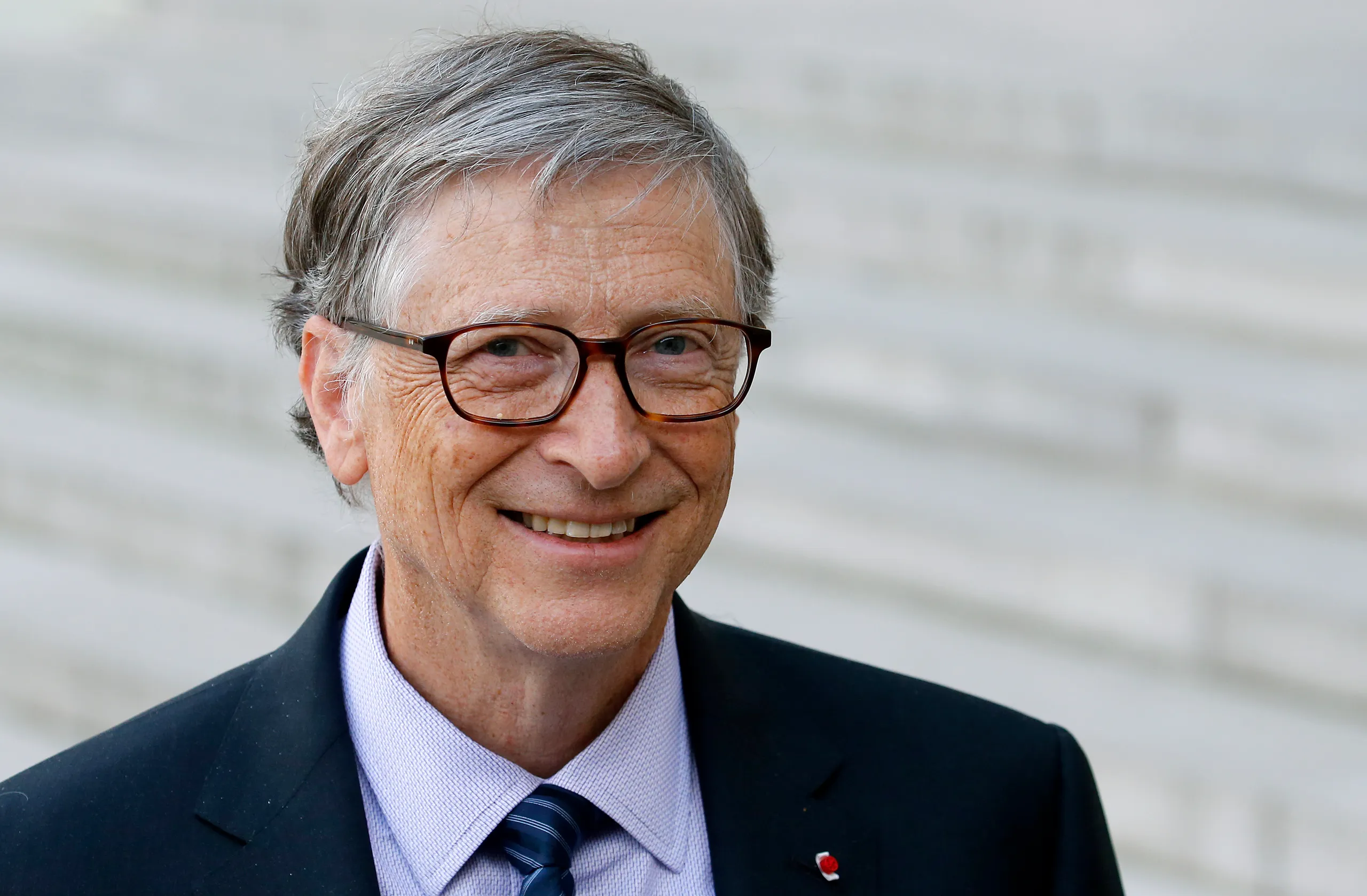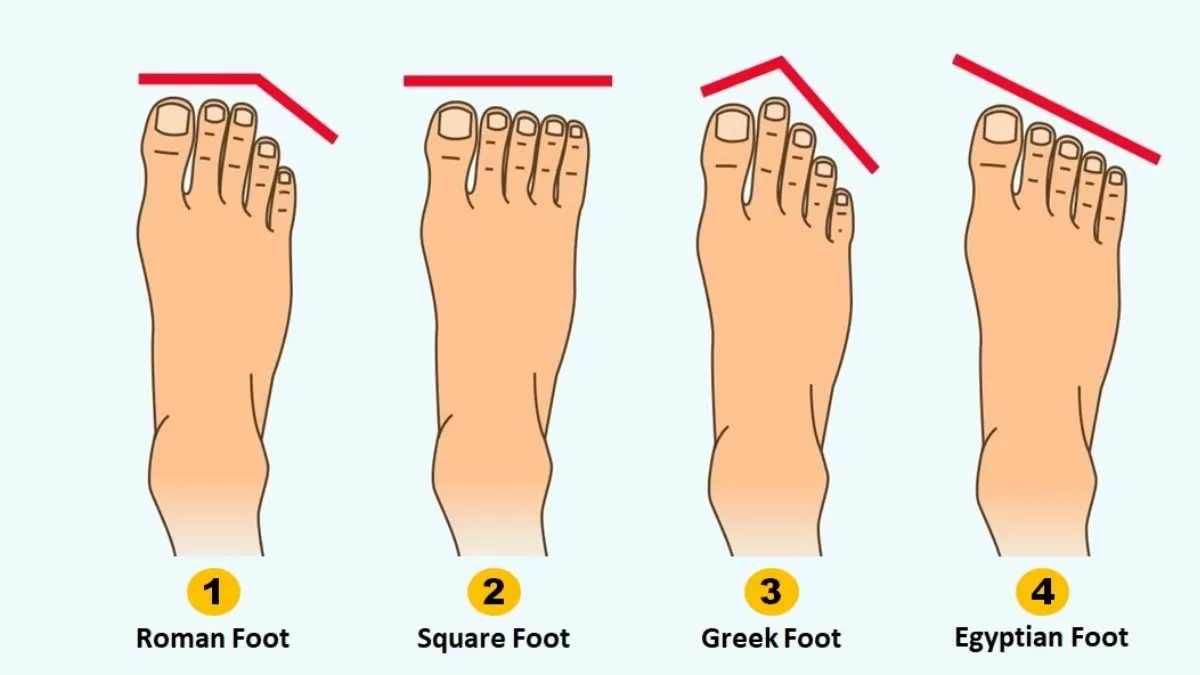Optical illusions are not just fun to look at and they can also tell us about ourselves. Social media has been buzzing with an optical illusion that claims to reveal our personality traits based on what we see first. Mia Yulin is a TikTok creator who suggests that the image can reveal interesting things about who we are.

Take a moment to look at the picture and take note of what catches your eye first. Understanding What You See First:
1. If You Spot the Tree First:
– You might come across as reserved or distant when meeting new people.
– Once you get comfortable, you become friendly and outgoing.
– In matters of love, you prefer not to chase after someone but will invest fully if you’re genuinely interested.
– Your commitment to those you care about is strong, and you’re willing to fight for them, regardless of others’ opinions.
– Your private nature makes you mysterious and attractive to others.
2. If You Notice the Lion’s Face First:
– You likely have a sociable and outgoing personality.
– Conflict avoidance is a trait you possess, preferring to maintain harmony in your relationships.
– Despite challenges, you remain resilient and don’t let setbacks discourage you.
– Your circle of friends is vast because of your dependable nature and ability to connect with others.
– You’re ambitious and spend time envisioning your future, knowing that hard work and intelligence will lead to success.
Optical illusions is like offers a unique way to gain insights into our personalities. Whether we see the snow-covered tree or the majestic lion’s face first, it can provide a glimpse into our individual traits and behaviors. So, the next time you come across an optical illusion, take a moment to reflect on what it might reveal about yourself.


